In the 12th century BC the existence of mankind acquired the sense – the principles of Morality were formulated as 10 Commandments. After 1,200 years, the people of the sons of Edom spread the Moral throughout the world and disappeared. This story is about it.
.
BROTHERS – ENEMIES
The forefather Isaac had two sons: Esau and Jacob.
Esau settled in the Edom mountains, that is why he was nicknamed “Edom”, and his descendants are called Edomites or Idumaeans.
Jacob defeated the God’s messenger in battle, so he received the nickname ישראל [israel] = he who conquered the God, and his descendants are called Hebrews. Why? See the article “The Fear of Isaac”.
The Edomites and the Hebrews – the descendants of two siblings Esau and Jacob – are near relatives.
Figure 01 – Kinship tree
Esau, the son of Isaac and Rivka, is a Hebrew, therefore his descendants are Hebrews in the opinion of Arabs.
All of Esau’s wives are not Hebrews, therefore, in the eyes of the Hebrews, his descendants are non-Hebrews. One of Esau’s wives was Ishmael’s daughter, so Esau’s descendants from her are Arabs in the eyes of the Hebrews.
By the 10th century BC the Hebrews had created 3 kingdoms: Aram, Israel, Judea (see the article “And they made their lives bitter …“). The Edomites are their closest neighbors in the south.
Map 02 – The Middle East in the 10th century BC after King Solomon’s death
Despite the close relationship, the chronicle of the relations between the Hebrews and the Edomites is full of sad pages. Here is a partial list:
– in 1194 BC after leaving Egypt, the Hebrews accepted the first battle with the descendants of Amalek, Esau’s grandson (see the article “The Enemy Never Sleeps”).
– nearly 40 years later, the Edomites prevented the Hebrews from passing through Edom on their way to Canaan.
– in the years of Biblical judges, the Edomites oppressed the Hebrews, and King Saul had to fight with them.
– the Edomites supported the king of Babylon, Nebuchadnezzar, who destroyed the First Temple in 588-586 BC.
– during the Babylonian exile in 586-539 BC, the Edomites terrorized the inhabitants who remained in the Judea area.
– in 539 – 516 BC, King Cyrus sent an army to Jerusalem to protect the Hebrews rebuilding the Temple from the Edomites.
– in 220 – 142 BC, the Edomites supported the invasion of the Assyrians who were Hellenized, which resulted in the Maccabean revolt.
Further relations between the Hebrews and the Edomites had a significant impact on the entire history of mankind, and therefore they are worthy of detailed description.
.
THE INCENSE ROUTE IS THE EDOMITES’ ROUTE
In 323 BC, Alexander the Great, having conquered Egypt and Asia, suddenly passed away (see the article “Alexander the Great – him too?“). The most important consequence of his activities was the Hellenization of pagan peoples in the conquered territories. Worshiping the beauty of the human body became a cult – these peoples’ elite turned into a mass consumer of incense.
In the 3rd century BC, the “incense trade route” blossomed, by which incense was imported from India to Greece, Assyria, and Egypt.
Map 03 – The incense trade route
Map 04 – A length of the incense trade route in the Middle East
The city of Petra, located in the Edom mountains, became the central intersection on the incense trade route.
Photo 05 – The Edomites’ palaces carved into the rocks of Petra
Edom grew rich day by day. The trade helped to strengthen ties between the rulers of Edom and Assyria.
In the first half of the 2nd century BC, the rulers of the Hellenized Assyria increased pressure on the people of Israel to force them to abandon the traditions of Judaism and introduce them to Hellenism – this ended in the Maccabean revolt in 167 BC (see the article “20,000 Righteous of Sword”). In this clash, Edom supported Assyria in the south.
Map 06
As a result of the revolt, the Hebrews freed themselves from the Assyrian yoke, but the hostile pressure from Edom did not cease.
The turning point occurred during the reign of Johanan (John) Hyrcanus I (134 – 104 BC).
.
RELEASE OF THE EDOMITES FROM THE EDOMITES’ YOKE
In 125 BC, Johanan Hyrcanus I invaded Edom to cease the age-old feud between the two peoples. He succeeded.
Archaeologists note that almost no traces of this war have been found on the territory of Edom. The ruins of burnt palaces were found in the two richest Edom cities, Maresha (Marissa) and Adoraim (Dura, Adora), and pagan cult buildings were destroyed in some other cities. The dwellings of the inhabitants of Edom were not damaged.
Map 07
Johanan Hyrcanus I suppressed the Edomite elite and left territory of Edom. It turned out that the Edomites, not provoked by their elite, were ready to live in friendship with the brotherly Jewish people. A lot of the Edomites converted to Judaism (underwent Giyur).
In the 1st century BC, the Edomites, deprived of a central unifying power, settled along the incense route in several main trade areas:
- cities on the Aegean Sea coast,
- the western part of modern Syria and the southeast of modern Turkey,
- the road from Petra to the north to Syria,
- the road from Petra to the northwest to Gaza,
- the road from Petra to the south to Hejaz and Yemen.
Together with the Edomites, Judaism came to these places.
Map 08 – Areas of the Edomites’ settlement
.
GLOSSARY
To avoid confusion, let’s get the terms in order:
– Israelis are the citizens of the State of Israel,
– The sons of Israel or the people of Israel – descendants of the patriarch Jacob,
– Hebrews are descendants of the forefather Jacob’s wives (see the article “The Fear of Isaac”),
– Jews are the people who recognize Judaism as the moral canon of their life.
.
THE BIRTH OF CHRISTIANITY
By early Christian era, the pagan world was mature to assimilate the Morality, based on the 10 Commandments. However, the previous 1,200 years had shown that Judaism was not a suitable tool for spreading it – it is too difficult for pagans to understand. And the Hebrews having got burned on King Herod who converted to Judaism for pragmatic reasons, treated proselytes with distrust and significantly complicated the conversion process.
Christianity arose among the Jews-Edomites (the Edomites who followed Judaism). The first worshipers of Christ considered themselves to be one of the branches of Judaism, like the Pharisees, Sadocees, and others. During the siege of the Temple by the Romans, members of this sect left Jerusalem, refusing to take part in its defense, the paths of Christians and Jews diverged.
The Apostle Paul sincerely wanted to make the world a better place and was convinced that Christianity was the right tool for this. He devoted himself to encouraging his tribesmеn Edomites-Jews to spread the Morality. ALL travels and letters of Paul (see the New Testament) were directed to the habitats of the communities of Edomites-Jews – the Aegean Sea coasts, Asia Minor, Aram (later Syria), and Edom. It was from the Edomites-Jews that the missionaries emerged, converting the pagans in Europe, West Asia, and northeastern Africa to Christianity.
.
THE HIMYARITE KINGDOM
The word “Edom” comes from the word אדום [adom], which means “red” in Hebrew. This word names a mountainous area located southeast of Judea. The people who lived in the Edom mountains are called the Edomites.
The root חמר [hmr] also means “red” in Aramaic. Words in various Semitic languages originated from this root. They are:
– Hebrew: חַמְרָה [hamra] = clay (red earth),
– Aramaic: חַמְרָא [hamra] = wine (red),
– Arabic: adjective حمراء [hamra] = red.
No wonder that the kingdom created by the Edomites in the 1st c. BC in the south of the Arabian Peninsula, received the name “Himyar”, which is the translation of the word “Edom” into the local dialect of the Aramaic language
Because the Apostle Paul did not get here, the population of Himyar did not know about Christianity up to a certain time. From the 1st century BC and up to the 5th century AD, Himyar was ruled by different kings, 8 of whom professed Judaism. Jewish kings and pagan kings succeeded each other without revolutions and palace coups, suggesting the relations of good neighborliness and tolerance between Jews and pagans in Himyar.
In 325, Ezana, the ruler of the Kingdom of Aksum, adjacent to Himyar, appointed the head of the church a Syrian Christian-Edomite by the name (Greek) Φρουμέντιος [frumentius]. Since that time, the kingdom of Aksum has become the center of the spread of Christianity in East Africa and the Arabian Peninsula.
Map 09
Approximately in the late 4th or early 5th century, a Christian-Edomite named (Greek) ποιμήν (Femion or Pimen) arrived from Syria to the city of Najran, situated in the north of Himyar, inhabited by the Jews-Edomites and the pagans-Edomites. The missionary activity, which he initiated, led to the fact that at the beginning of the 6th century the Christian community of Najran refused to obey to the Jewish king of Himyar Yosef Dhu Nuwas. A synagogue was burned down in the city and, according to rumors, two Jews were killed. In 523, Dhu Nuwas brought an army to the city and besieged it. Having secured guarantees of immunity from Dhu Nuwas, 340 representatives of noble Christian families, headed by the head of the city named Hareta (or Arefa or Garita) (Greek) Αρέθας, (Arab) الحارث بن كعب), left the city and came to the Dhu Nuwas’ camp to sign a peace treaty. Documents that have come down to us state that Dhu Nuwas imposed heavy taxes on the Christians of Najran.
Around this event, rumors spread that Dhu Nuwas allegedly offered the messengers a choice: conversion to Judaism or death and, after their refusal, beheaded them and threw the corpses into the river. Various sources mention the number of victims from 200 to 20,000.
As is known, Judaism rejects and prohibits missionary activity, so it is obvious that the rumors about this massacre are fiction. On the contrary, Christianity encourages missionary work. In those days, forced baptism began to be an everyday legitimate practice, so it is no wonder that it was among Christians that these rumors were born – it was not the last blood libel against Jews in the history of Christianity.
Eventually, rumors spread. They reached a man named Dus ibn Talaban who got an audience with the Byzantine emperor Justin I and, having told him about the atrocities of the Jews in Najran, showed the half-burnt Gospel, allegedly saved by him from the fire in a church burned by the Jews. Justin I turned to Kaleb the king of Aksum كلب إل إصبحه بن تزن [kaleb il isbaha bin tazan] with a demand for revenge and sent about 70 ships to help him. In 525, Kaleb brought his entire army to an oath of allegiance to Christ, crossed the Red Sea on these ships and defeated the army of Yosef Dhu Nuwas in several battles. The last Jewish king of Himyar committed suicide by jumping into the sea.
The Aksum’s army ravaged with fire and sword across Himyar. A large number of Jews and pagans were killed, Jewish and pagan temples were destroyed. By order of the king, churches were built on the sites of these temples. Christianity became the only religion allowed on the territory of the former Himyar.
After the events described above, King Kaleb ruled Aksum and Himyar for about 15 years. It is known from the documents that survived that Christian missionaries who visited those places were delighted with the number of churches he had built. Then King Kaleb left his country and spent the last years of his life in a monastery in Jerusalem.
After about 30 years, in 570, the Prophet Muhammad was born.
.
THE JEWISH ROOTS OF THE PROPHET MUHAMMAD
For about 700 years before the birth of Muhammad, the city of Yathrib was inhabited by three clans of the Jews-Edomites: Qurayza, Nadir and Qaynuqa.
In the 5th century, under the pressure of Christianity gaining strength in Himyar, two more clans of the Jews-Edomites moved from Najran to Yathrib: Khazraj and Aus. Thus, Yathrib turned into a large city (possibly the largest on the Arabian Peninsula), inhabited by the Jews-Edomites.
Muhammad’s mother آمنة بنت وهب [Aminah bint Wahb] was from Yathrib. About 577, Amina and seven-year-old Muhammad were visiting relatives in Yathrib. On the way from Yathrib (nowadays Medina) to Bakkah (nowadays Mecca), Aminah died and was buried in the village of الأبواء [Al-Abwa].
In 1998, Amina’s tomb was destroyed by Islamic fanatics.
Map 10 – The burial place of the Prophet Muhammad’s mother
.
THE BEGINNING OF ISLAM
The city of Bakkah where the main Arab place of worship of the Kaaba was (and is), was inhabited by the people of the Arab clan قريش [quraysh], which traced its ancestry from Ishmael. Abdullah, the father of the Prophet Muhammad ( دبد الله بن عبد المطلب [Abdullah ibn Abd al-Muttalib]) was a respected person in this respected clan.
How did Muhammad see himself with his own eyes? On the paternal side, he was a descendant of Ishmael, the son of Abraham. On the maternal side, he was a descendant of Esau, the grandson of Abraham. Affinity respected enough to long for being a leader and prophet.
At the beginning of the 7th century, the population of the Arabian Peninsula consisted of:
– Edomites – Jews and Christians,
– Arabs who were pagans, but they lived in contact with the Edomites for 700 years. Therefore, they were well acquainted with the idea of monotheism.
It was obvious to Muhammad that monotheism was the most effective means of uniting large masses of the population. He had two such instruments at his disposal: Judaism and Christianity. However, to achieve the goals set by Muhammad, both of these tools were not suitable:
– Judaism did not fit, because it did not allow missionary activity, and the experience of the last 700 years had shown that local pagans were not inclined to voluntarily accept Judaism.
– Christianity did not fit, because the presence of a central figure of Jesus Christ left Muhammad the right to a secondary role, to which he did not agree.
And then Muhammad developed a new simple monotheistic formula pertaining to two rules:
– rule No.1: there is no God but Allah, and Muhammad is His Prophet,
– rule No.2: Allah will punish everyone who disagrees with rule No.1 with painful death.
The first “clients” to convert to Islam were the pagan Arabs of the Arabian Peninsula.
In 610, Muhammad began to prophesy, in the first place trying to impose monotheism on his paternal relatives – the Quraysh.
By 622, the number of Muslim Quraysh reached 70 – the Quraysh clan expelled the Prophet Muhammad and his supporters from Bakkah. What should a person who is denied by his paternal relatives do? Muhammad went to Yathrib to stay with his mother’s relatives. The first Muslims who moved with him received the honorary title المهاجر [al- Muhajir] = the Migrants.
Only two of the five clans living in Yathrib, Khazraj and Aus, warmly welcomed Muhammad and the Muhajirs and settled them in their homes. Hence, it can be assumed that Muhammad’s mother had ancestral relationship particularly with these two clans.
Muhammad managed to persuade the heads of all 5 Jewish clans of Yathrib to sign a document that was titled: The Constitution of Medina. This document consists of 51 clauses. Clause 1 of this document reads:
إنهم أمة واحدة من دون الناس
They are United People to the Last Man
“They” are all the inhabitants of Yathrib – the Jews-Edomites and the Qurayshites-Muslims.
Soon it became clear that Muhammad needed this unification to mobilize the Edomites-Jews to fight the pagan Qurayshites from Bakkah.
In 624, the Battle of Badr took place – Muhammad defeated his Quraysh relatives from Bakkah. Riding the wave of this victory, the Jewish clans Khazraj and Aus swore allegiance to Muhammad. It should be noted here that in the days of Muhammad there was no Koran yet, Islam was not yet perceived as a religion, so the vow of the Khazraj and Aus clans did not look like a betrayal of Judaism.
Having become Muhammad’s closest assistants, Khazraj and Aus clans received the honorary title أنصار [ansar] = the Supporters. It was them who became the vanguard in the wars that led to the establishment of the rule of Islam in the Arabian Peninsula, and later throughout the entire territory of the Muslim Caliphate.
After the victory over the Quraysh, the need for the unity of the inhabitants of Yathrib disappeared – the time had come to put an end to Jewish liberalism.
Muhammad offered the Qaynuqa clan a choice: convert to Islam or leave Yathrib. The Qaynuqa clan left Yathrib and generally left the country for the north. Qaynuqa’s property was divided among the Muhajirs.
If the Qaynuqa were Hebrews, it would be logical to assume that they would settle in the vicinity of Jerusalem. However, Qaynuqa were not Hebrews – they were Edomites, so they, passing Jerusalem, went further along the incense trade route and settled in the vicinity of the Syrian city of Daraa, inhabited by their tribesmen.
Map 11 – Qaynuqa migration route
After the deportation of Qaynuqa, it was the turn of the Nadir and Qurayza clans.
Jews from the Nadir clan were forced out of Yathrib. They settled in the Khaybar oasis, located about 150 km north of Yathrib, and their property was divided among the Muslims.
The Jews from the Qurayza clan suffered an even more sad fate – men were beheaded (according to various sources, from 400 to 900 people), women and children were sold into slavery, and property was divided among Muslims.
In 629, Muhammad went to the Khaybar oasis for the Final Solution to the Jewish Question.
Photo 12 – a fortress in Khaybar
The Jews, besieged in Khaybar, proposed negotiations, to which Muhammad consented. According to the tradition at that time, thirty of the most respected warriors came to the negotiations without weapon. The Muslims killed them. Left without leaders, the Jews laid down their arms with all the ensuing consequences.
From then until now, Muslims have threatened the Jews with complete and inevitable defeat, referring to the following expression:
خيبر خيبر يا يهود جيش محمّد سوف يعود
Khaibar, Khaibar Jews! Muhammad’s army will come back!
Figure 13
In 630, Muhammad’s army besieged Bakkah, which surrendered without a fight. All Quraysh accepted Islam.
In 632 the Prophet Muhammad passed away. Since that time, Muslims have called the city of Yathrib المدينة المنورة [el-medina el-munavwara] = the spectacular city, in English it is “Medina”, and the city of Bakkah – مَكَّة الْمُكَرَّمَة [mecca el-mukarrama] = the most respected mecca, in English it is “Mecca”.
.
THE QURAN
In 610, when Muhammad was 40, God’s grace descended on him, and he began to prophesy.
Since Muhammad could not read or write, many of his prophecies were written down by his secretary, a Jew-Edomite from the Khazraj clan named زيد بن ثابت [Zayd bin Tabet] and the other people around him, the rest went orally. While Muhammad was alive, there was no need to interpret his prophecies – one could always address to the source for explanations.
Twenty years after the death of the Prophet Muhammad, a commission was created to collect his prophecies. This commission collected scattered notes made on bones, stones, leather, palm leaves, in brief, on everything that was used then for writing, and everything that could be remembered. All this, written down in the order established by the commission, constituted the first copy of the Quran. Each prophecy in the Quran is formalized in the form of a sura (chapter) with its own title – 114 suras in total. It is worth noting that the members of the commission failed to come to a consensus on the issue of the chronological order of the collected prophecies, therefore the order of the suras established by the commission is not chronological.
It is clear to the reader of the Holy Quran that this book is an instruction to believers on correct behavior. The Torah served as the main source of knowledge in this aspect for Muhammad. The books of the Jewish prophets and the New Testament are also mentioned in the Quran.
Here is the frequency of some words used in the Quran:
- Torah – 26
- Abraham – 69
- Ishmael – 12
- Isaac– 17
- Jacob– 16
- Israel – 43
- Yosef – 26
- Moses– 136
- Jesus– 12
- Gospel – 12
- Jews– 22
- Christians – 15
- Muhammad – 4
Muhammad treated the Torah with the greatest respect and considered it the message of God:
سورة آل عمران
وَمُصَدِّقًا لِمَا بَيْنَ يَدَيَّ مِنَ التَّوْرَاةِ وَلِأُحِلَّ لَكُمْ بَعْضَ الَّذِي حُرِّمَ عَلَيْكُمْ ۚ وَجِئْتُكُمْ بِآيَةٍ مِنْ رَبِّكُمْ فَاتَّقُوا اللَّهَ وَأَطِيعُونِ
Sura 3: Family of Imran
(50) And verifying what lies before me of the Torah, and to make lawful for you some of what was forbidden to you. I have come to you with a sign from your Lord; so fear God, and obey me.
Muhammad says that the land of Canaan belongs to the Jews at the behest of God and even threatens the Jews on behalf of God in case they retreat:
سورة المائدة
وَإِذْ قَالَ مُوسَى لِقَوْمِهِ يَا قَوْمِ اذْكُرُوا نِعْمَةَ اللَّهِ عَلَيْكُمْ إِذْ جَعَلَ فِيكُمْ أَنْبِيَاءَ وَجَعَلَكُمْ مُلُوكاً وَآتَاكُمْ مَا لَمْ يُؤْتِ أَحَداً مِنْ الْعَالَمِينَ يَا قَوْمِ ادْخُلُوا الأَرْضَ الْمُقَدَّسَةَ الَّتِي كَتَبَ اللَّهُ لَكُمْ وَلا تَرْتَدُّوا عَلَى أَدْبَارِكُمْ فَتَنْقَلِبُوا خَاسِرِينَ
Sura 5: The Table Spread
(20) And Moses said to his people: “O my people, remember Allah’s mercy to you, when He established among you prophets, and made you kings, and bestowed on you what He did not grant to any of the worlds. (21) O my people! Enter the sacred land that Allah has ordained for you, and do not turn back so as not to be injured to you.”
.
THE MOTHER OF CITIES IN THE QURAN
Let’s go back 1400 years for some time.
In 731 – 701 BC, Assyrian king Tiglath-Pileser III defeated Aram and Israel and scattered 10 tribes around the world (see the article “Full Circle”).
In 586 – 582 BC, Babylonian king Nebuchadnezzar smashed Judea and, destroying the Temple of Jerusalem, drove all the educated inhabitants of Judea and all the nobility to Babylon.
Statehood of the Hebrews ceased to exist. The Hebrews were scattered throughout the world. They lost their homeland and hope.
But!
In 538 BC, Cyrus, the king of Persia, adopted a law known as the “The Edict of Cyrus”, according to which the Hebrews were charged with the obligation to relocate to their historical homeland and actively engage in rebuilding the Temple. He supplied the Hebrews with money and sent an army to Jerusalem to guard the builders of the Temple. The construction was completed during the reign of king Darius I, who supported the initiatives of his father-in-law, king Cyrus.
The restoration of the temple was completed in 516 BC. Judea again became the national center of the Hebrew people. It was at this time that words such as Judaism and Jew appeared in demand. At the same time Jerusalem received a new name – the Mother of Cities.
A huge number of Hebrews were scattered across different countries. The phrase “The Mother of Cities” appeared in all languages, including Greek:
– μητέρ [miter] = mother
– πόλις [polis] = city → πόλεια [polia] = cities
– μητέρ + πόλεια → μητρόπολεια [mitropolia] = the mother of cities
The word μητρόπολεια passed into Latin → metropolia, and then into other European languages. Until the end of the era of the Crusades, i.e. the end of the 13th century, this word was the SYNONYM for the word “Jerusalem”. Later, cities with colonies began to be called with this word.
The words “The Mother of Cities”, which means Jerusalem, is often found in historical literature, for example, in the greatest historical work of the early 12th century “The Russian Primary Chronicle” (see the article “The Mother of Rus’ Cities”).
It is also found in the Quran:
سورة الأنعام
وَهَذَا كِتَابٌ أَنزَلْنَاهُ مُبَارَكٌ مُصَدِّقُ الَّذِي بَيْنَ يَدَيْهِ وَلِتُنذِرَ أُمَّ الْقُرَى وَمَنْ حَوْلَهَا وَالَّذِينَ يُؤْمِنُونَ بِالآخِرَةِ يُؤْمِنُونَ بِهِ وَهُمْ عَلَى صَلاتِهِمْ يُحَافِظُونَ
Sura 6: Livestock
(91) And the Book that We sent down, blessed, sanctified by His hands and promised to the Mother of Cities and all around it and believers in the Hereafter will believe in it and their prayers will be perpetuated.
In this verse, Muhammad, on behalf of God, says that the Torah was revealed to Jerusalem. The next verse tells us about God’s relationship with the Hebrews and their role in the world.
سورة البقرة
يَا بَنِي إِسْرَائِيلَ اذْكُرُوا نِعْمَتِي الَّتِي أَنْعَمْتُ عَلَيْكُمْ وَأَنِّي فَضَّلْتُكُمْ عَلَى الْعَالَمِينَ
Sura 2: The Heifer
(46) O children of Israel! Remember My favor which I bestowed upon you, and that I favored you over all nations.
However, in another chapter of the Quran, we come across a different opinion:
سورة المائدة
يَا أَيُّهَا الَّذِينَ آمَنُوا لا تَتَّخِذُوا الْيَهُودَ وَالنَّصَارَى أَوْلِيَاءَ بَعْضُهُمْ أَوْلِيَاءُ بَعْضٍ وَمَنْ يَتَوَلَّهُمْ مِنْكُمْ فَإِنَّهُ مِنْهُمْ إِنَّ اللَّهَ لا يَهْدِي الْقَوْمَ الظَّالِمِينَ
Sura 5: The Table Spread
(50) O you who believe! Do not take the Jews and the Christians as allies; some of them are allies of one another. Whoever of you allies himself with them is one of them. God does not guide the wrongdoing people.
In case Muhammad had respect to the Torah and the Hebrews so much, why did he forbid Muslims to be friends with Jews?
In Muhammad’s opinion, there was a significant difference between the Jews-Edomites and the Hebrews. The Edomites were carriers of a rival ideology in the Arabian Peninsula – they were expelled and destroyed by Muhammad on his final pace. The Hebrews are the people of the Book – the people whom He preferred over the worlds.
.
WARS OF APOSTASY
Most of the Arab clans treated Muhammad with great respect. Muhammad, but not Islam. In their eyes, Islam was a tool designed to legitimize the cult of Muhammad’s personality. After Muhammad’s death, they stopped adhering to the rules of Islam and returned to their pagan ancestors’ customs.
The first caliph to succeed Muhammad in 632 was أبو بكر الصديق Abu Bakr the Righteous. He waged a series of wars, which was called حُرُوْبُ الرِّدَّةِ [khurub el-ridha] = Ridda wars = wars with murtadds in the history of Islam.
It was at this time that the term رَّدَّةِ [radha] = murtadd – a person, who renounced Islam, appears in Arabic.
Picture 14 – From Google Translate Dictionary
Having ravaged with fire and sword across the Arabian Peninsula, Abu Bakr united all Arabs under the banner of Islam.
Having done away with the murtadds, Abu Bakr moved north in 634 with the aim of Islamizing the territory of Mesopotamia and what is now state of Jordan. Having reached the Yarmouk River (today it is the border between Syria and Jordan), he died, leaving in his place a second caliph named عمر ابن الخطاب Umar ibn Al-Khattab.
This was the time when Byzantium and Persia fought perpetual wars and exhausted each other to a large extent. Umar ibn Al-Khattab took advantage of the poor state of his enemies and, crushing them, conquered vast territories in West Asia and North Africa.
Map 15 – the Islamic caliphate territory in the middle of the 7th century
In those days, a warrior born in the Arabian Peninsula was forbidden to buy property in the conquered countries. So, the far-sighted caliph took care of the racial purity and ensured the flow of the conquered riches to his homeland.
A simple system of taxation was introduced in the conquered territories:
– tax جزْية [jizia] – the tax paid by a non-Muslim man,
– tax خراج [kharaj] – the tax on land use.
The amount of these taxes was different in different places. Without going into details, one can conclude that the principle of taxation was as follows: a Muslim paid 20% of the revenues to the Caliph’s treasury, and a non-Muslim – 50%.
There is no need to explain why ALL the population of the Muslim-conquered countries within 3-4 generations converted to Islam. This led to the emergence of a great number of dialects, which were a mixture of the local dialect and Arabic. And today, residents of different Arabic-speaking countries, for instance, Syria and Morocco, while communicating, do not understand or hardly understand each other.
The Arabs realized that the sincerity of the conversion of the conquered peoples to Islam was questionable and therefore treated the newly-minted Muslims with distrust.
In 638, Umar ibn Al-Khattab conquered the Roman province of Palestine and entered Jerusalem. Following the precepts of the Prophet Muhammad, Muslims strove to reach Jerusalem in order to fraternize with the sons of Israel – the People of the Book. However, they were disappointed here – the Hebrews, unlike other peoples, refused to accept Islam. Many of the Hebrews, unable to withstand the unbearable taxes, left their long-inhabited places.
They could not go east, south, or west – Islam was already there. They could not go to Asia Minor and to Europe – in those territories, the Roman Empire, under the threat of the impending Islam, began to practice the violent widespread Christianization.
The Hebrews left to the north and settled in the territory between the Volga and the Dnieper – it was at this time and it were them that became the reason for the emergence of the Jewish Khazar Khaganate in this territory (see the article “The Mother of Rus’ cities”).
Map 16 – the migration of Hebrews from Palestine to Khazaria
Offended in their best feelings, Muslims nicknamed the fugitive Hebrews ردة [radha] = murtadd.
This word spread throughout the caliphate, and then all over the world as a synonym for the word “Hebrew”. In the trade and geographical literature, there are words derived from this word – radhanites, radanites, rahdanites – the names for Jewish merchants and Hebrews in general.
In the 7th-10th centuries this word was also widely used in the Hebrew language as a synonym for the word “Hebrew”:
ردة [rada] → רדה [rada] → plural רדיים [radaim]
From the Hebrew language, the word “radaim” migrated to the Russian language. Below is an example of how this word is used in “The Russian Primary Chronicle”.
In 872, Prince Rurik, dying, appointed Oleg to reign, since Rurik’s son Igor was too young:
Photo 17
The translation of this passage into English is as follows: “When he died, Rurik handed over the reins to Oleg that was a radaim, having given him his son Igor into his arms, because Igor was still a child.”
As stated in the text, Prince Oleg was a radaim, i.e. Hebrew.
.
THE MOOR HAS DONE HIS DUTY, . . .
As mentioned above, in 638 Umar ibn Al-Khattab conquered the Roman province of Palestine and established his authority in its cities, including those inhabited by the Edomites.
The Edom city of Shivta, with a population of about 2,000, was on the western part of the incense route between Petra and Gaza.
Map 18
Judging by the number and splendor of the churches, most of the city’s population professed Christianity.
Photo 19
There were also several synagogues in the city.
Having captured the city, the Muslims first of all built a mosque on the central square. To erect the mosque, stones of another building, dismantled for this purpose, were used – an image of a cross has been preserved to this day on one of the steps of the mosque.
Photo 20
The confrontation between the Christian and Muslim worlds led to the fact that the incense route ceased to function at the end of the 7th century. The population left Shivta a short time after the arrival of Muslims – this is obvious because only one mosque was built in the city. The inhabitants of all the cities of Edom suffered the similar fate. Fleeing from Islam, they left their homes, were scattered among the peoples of the world and vanished. Thus, ended the history of the people of Edom who played a key role in the emergence and spread of Christianity and Islam.
.
THE WORLD THROUGH ARAB EYES
Assumption is that there are 22 Arab states in the world – that is a misperception. Arabs, descendants of Ishmael, live on the Arabian Peninsula, while the inhabitants of all other Arabic-speaking states are not Arabs.
The establishment of the Islamic Caliphate in the 7th century caused the disappearance of Western Asia states. The entire territory was divided into spheres of the family clans’ influence.
Clan = (Arab.) حَمُولَة [hamula]. Hamula is a group of people and their family members having a common ancestor.
The Near East is divided into hamula spheres of influence from the 7th century to the present (2021) days. The states’ borders, defined during the British Mandate in the 1920s, did not change this tradition.
The two oldest and largest Near East hamulas are the Arabs, the descendants of Ishmael, who live on Arabian Peninsula, and the Jews, the descendants of Yitzhak, who live in Israel.
Jewish repatriation to Palestine in the late 19th and the first half of the 20th centuries boosted the economic activity. A large number of Arabic-speaking (but not Arab) hamulas, attracted by the opportunity to find work or to rob, migrated to Palestine. For example, in the Galilee in the village of الرينة [rayne] near Nazareth, there is a hamula طاطور [tatur], with circa 5,000 people, which, according to its sheikhs’ testimony, originates from the Tatars who came to the Middle East with the Chingizid army in 1260.
Almost all Arabic-speaking residents of the State of Israel and the surrounding territories are not Arabs.
Arabs, descendants of Ishmael, live on the Arabian Peninsula to the present time. According to them, the population of our planet is divided into 4 groups:
- Hebrews, descendants of Yitzhak brother of Ishmael, are close relatives and people of the Book.
- the Arabs have sentiments to those Egyptians who are descendants of the ancient Egyptians – because the Ishmael’s mother and wife were Egyptians.
- Arabic-speaking descendants of the peoples conquered in the 7th century, who converted to Islam, yielding to circumstances, are a plebs that can and should be used.
- all the rest are pagans.
.
There are other articles on this site. A list of them here

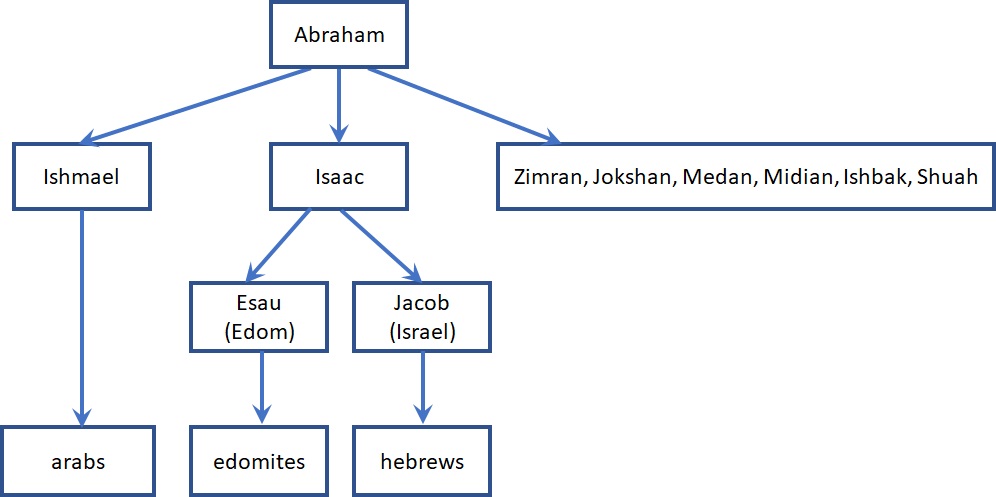
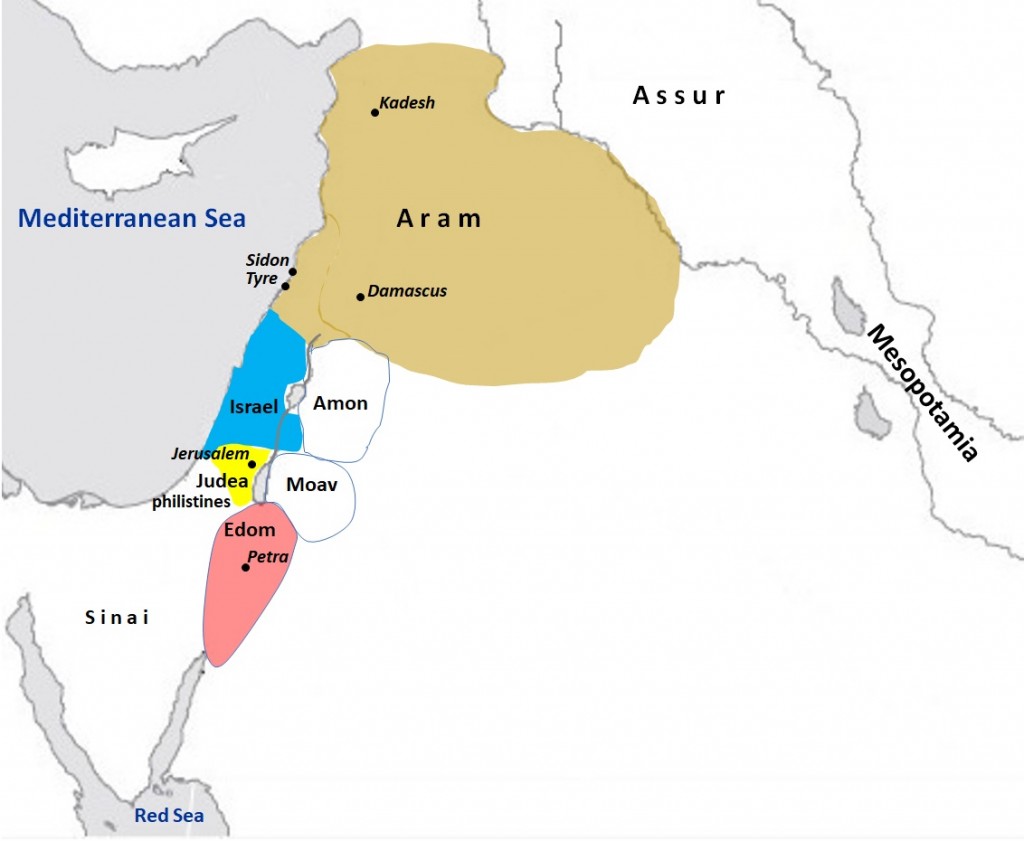
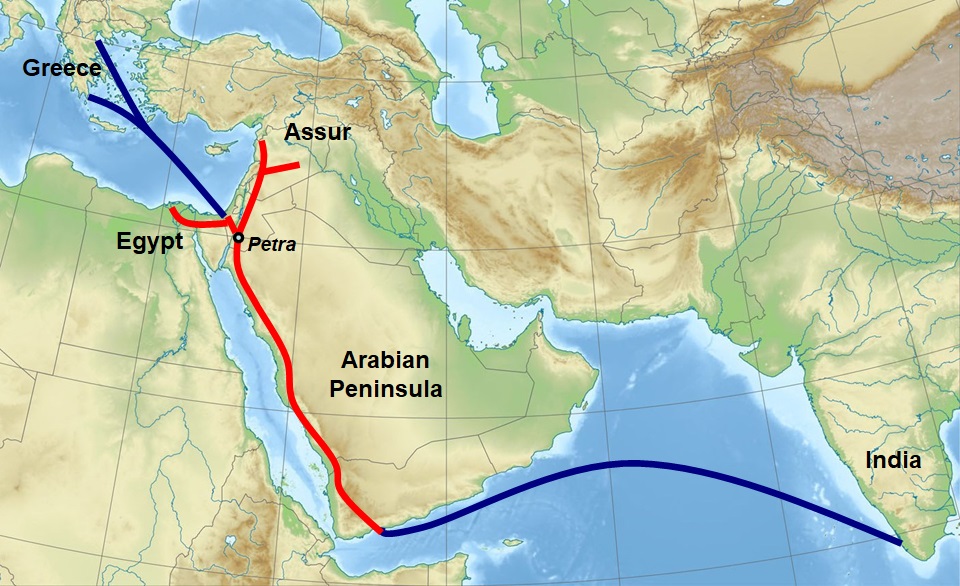
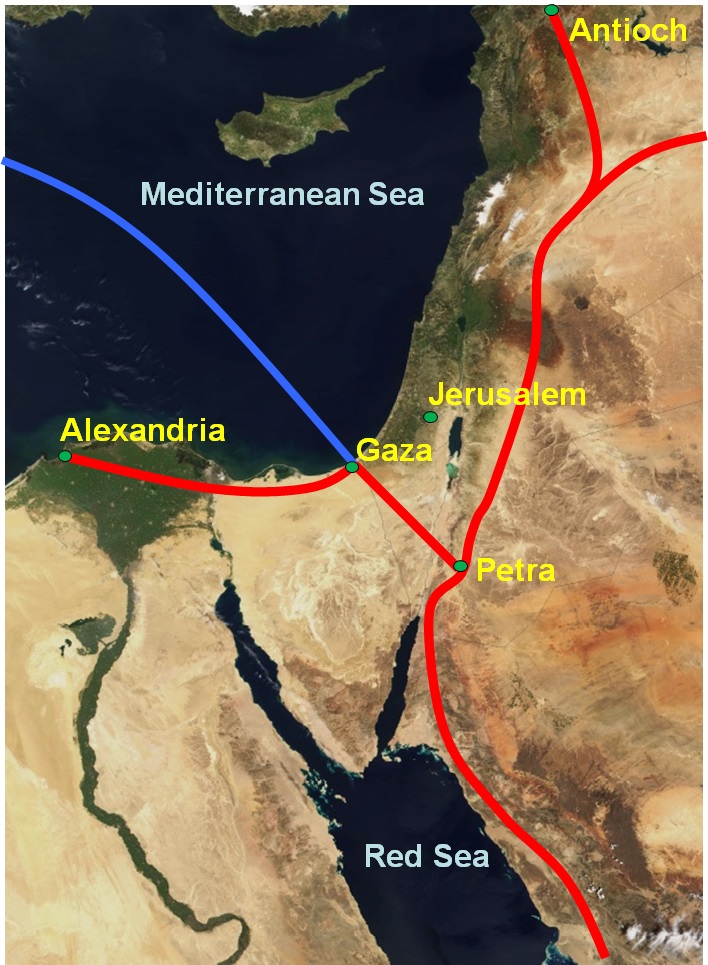

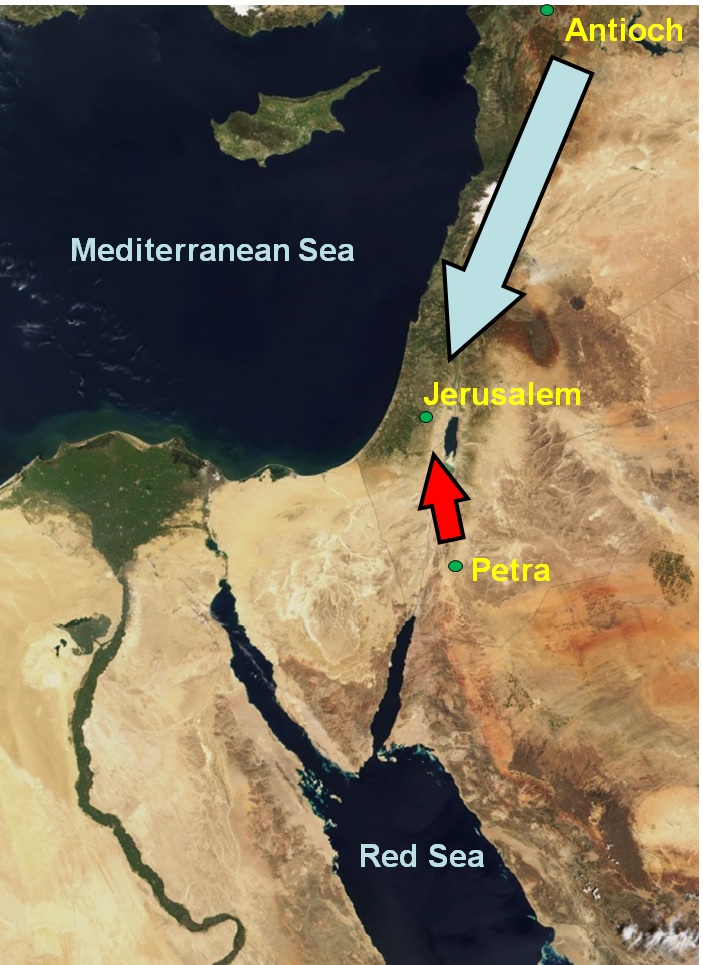
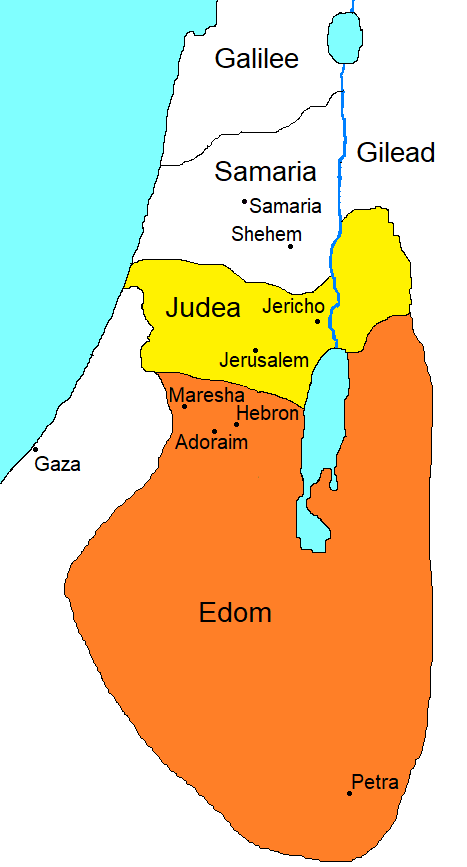
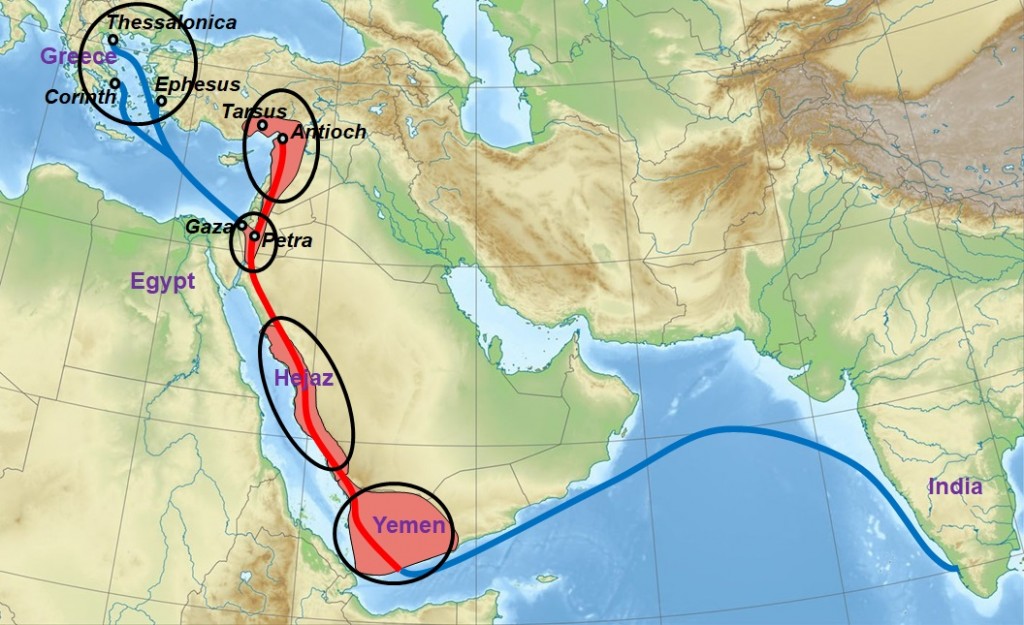
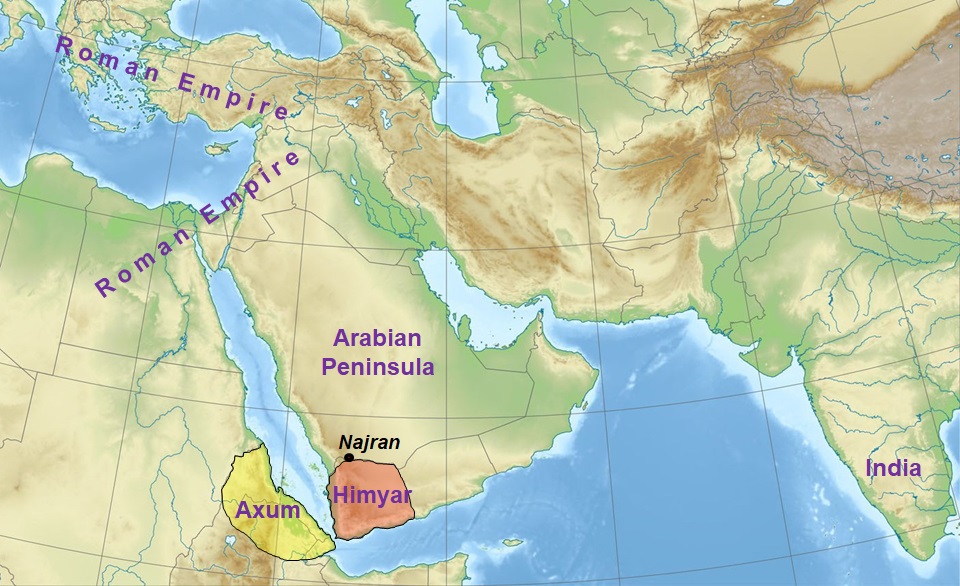
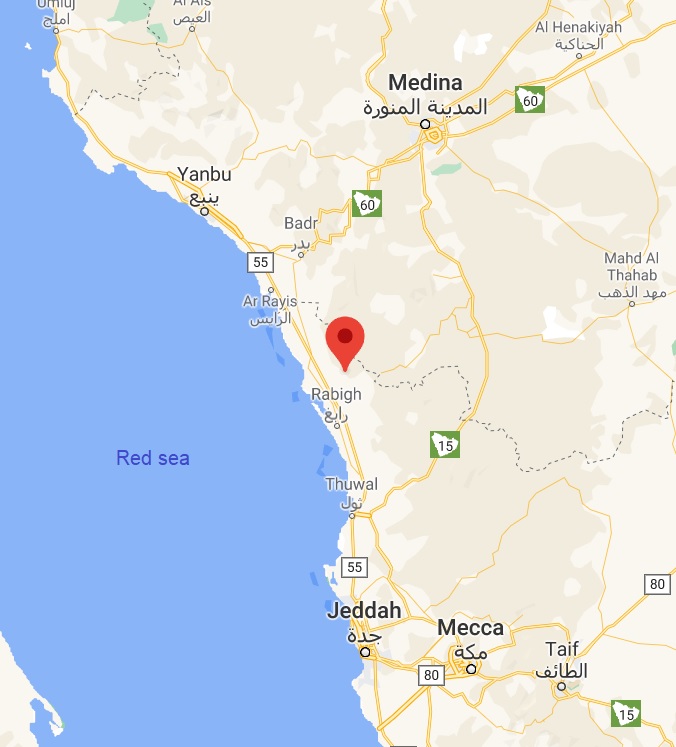
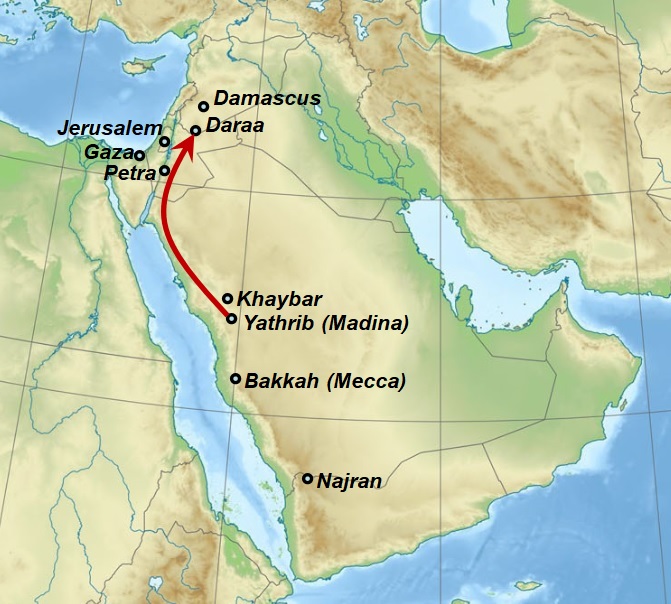
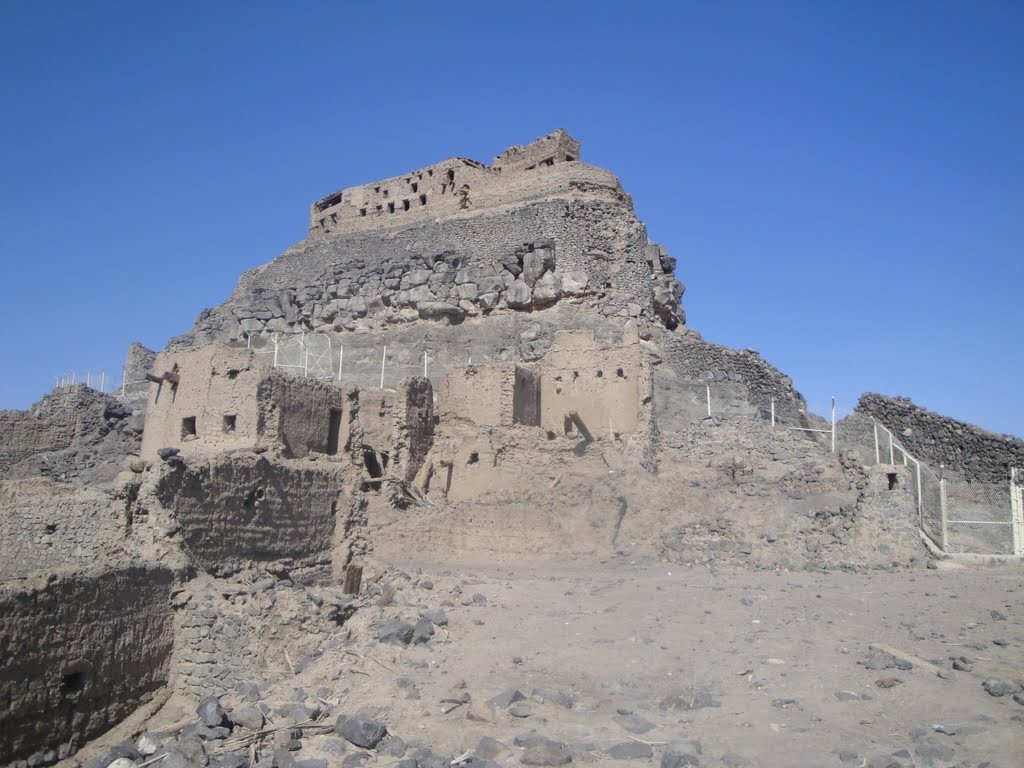


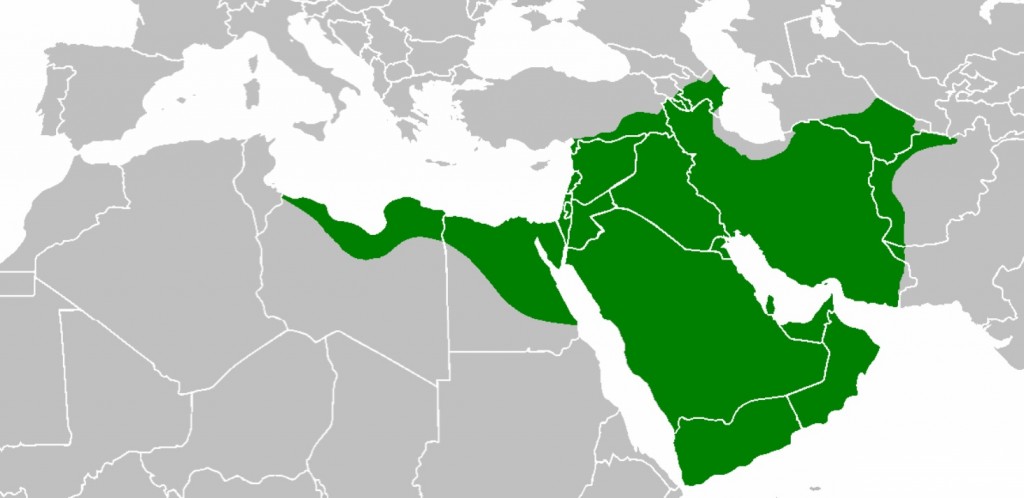
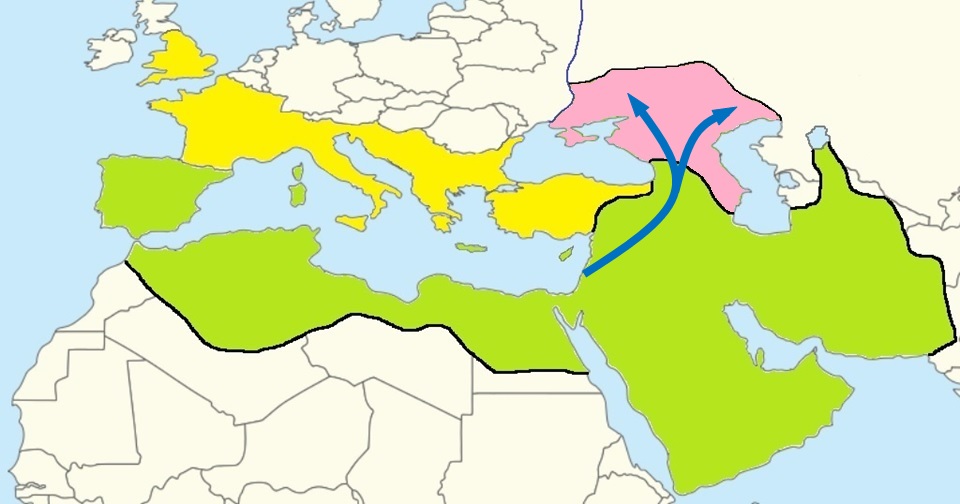

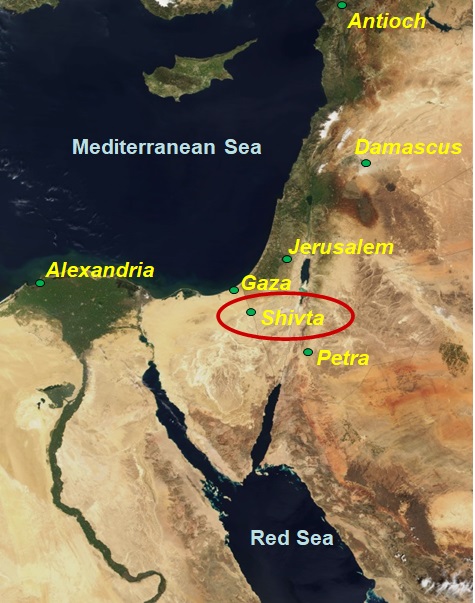
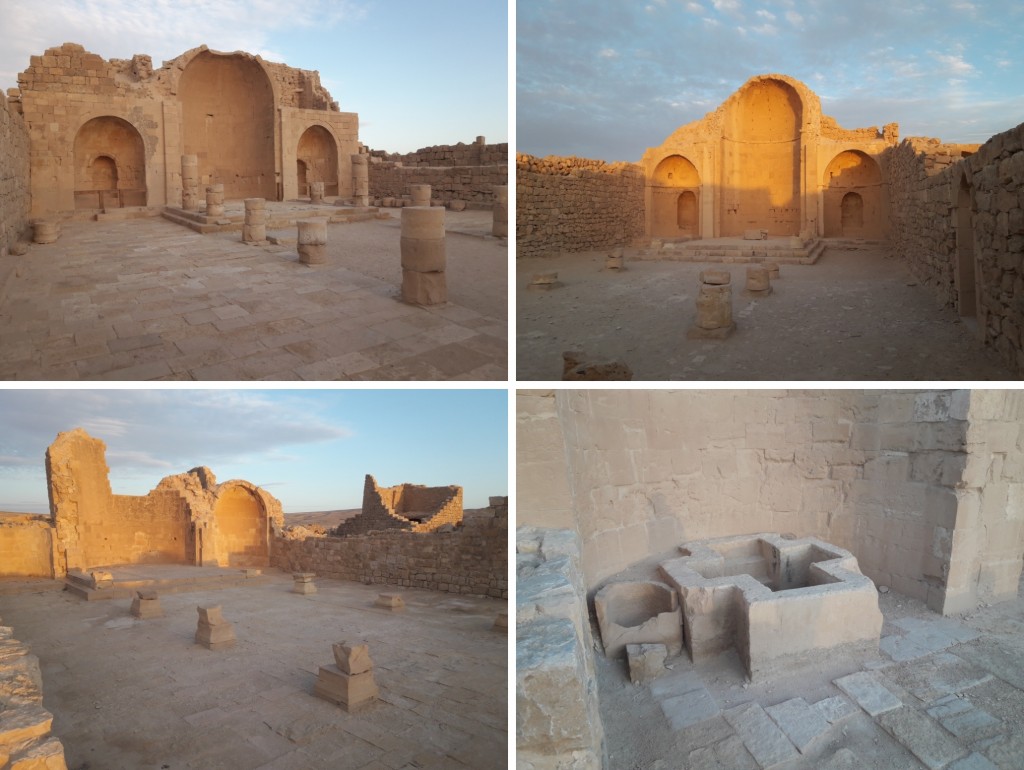
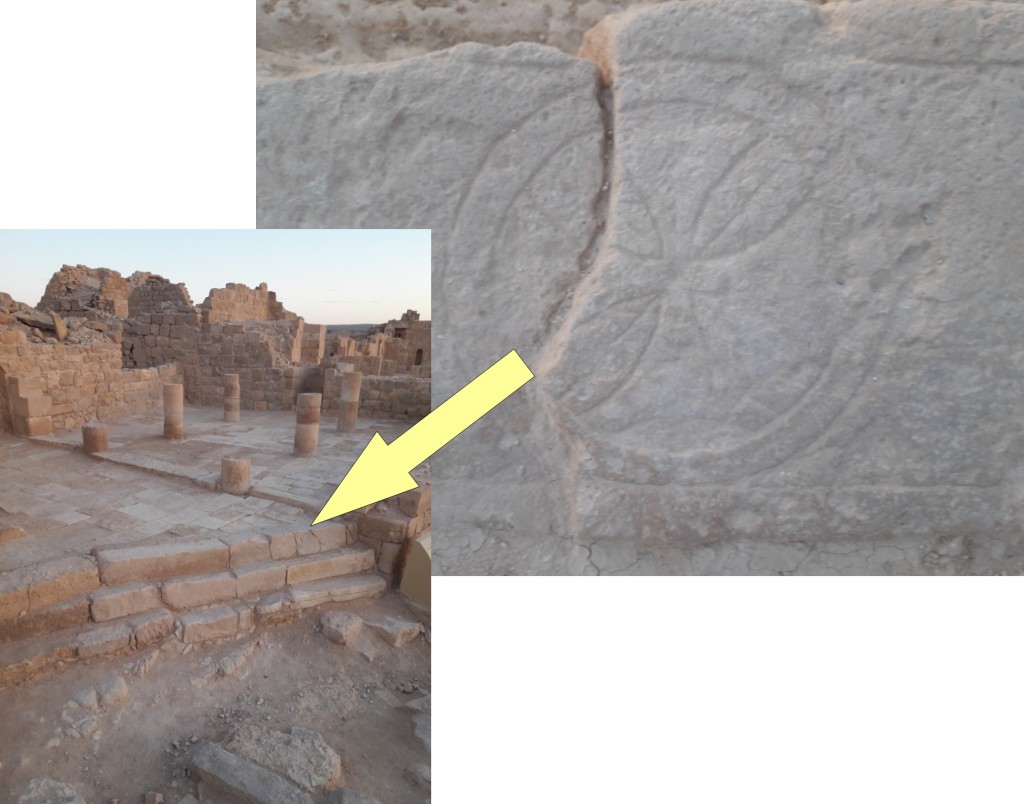
최신 및 최고의 슬롯 게임으로 큰 승리의 스릴을 경험하세요!
슬롯 게임은 큰 잭팟 및 기타 상품을 획득할 수 있는 잠재력과 함께
시간을 보내는 재미있고 보람 있는 방법으로 설명됩니다.
슬롯 게임의 미래는 가상 현실 및 증강
현실과 같은 새로운 기술을 통합할 것으로 예상됩니다.
리얼리티와 스킬 기반 요소를 모두 갖추고 있습니다."
Coach is essentially the most annoying peaks, one which ended many games on myself when I was
not paying consideration close by. The Save the World
mode achieved over one million players by August 2017, just prior
to the discharge of Battle Royale. Blue Shift. Install and run excellently in D3D
mode. No compatibility mode needed. This was a properly used trick, since you could hook the “Open File” name after
which use that to find new binaries being run on the
system… You’ll take it as no surprise that the title is being developed by 4A Games, the developer behind the
Metro sequence (and its gorgeous next installment, Metro Exodus).
Attempt to get accustomed to the game’s default
controls (which is not simple), as a result of remapping them may end up
in being unresponsive and/or inconsistant. This makes leaping into Hearthstone that a lot easier, as now you can give attention to the core methods of
your deck with out worrying about taking over treasured deck space
with land.